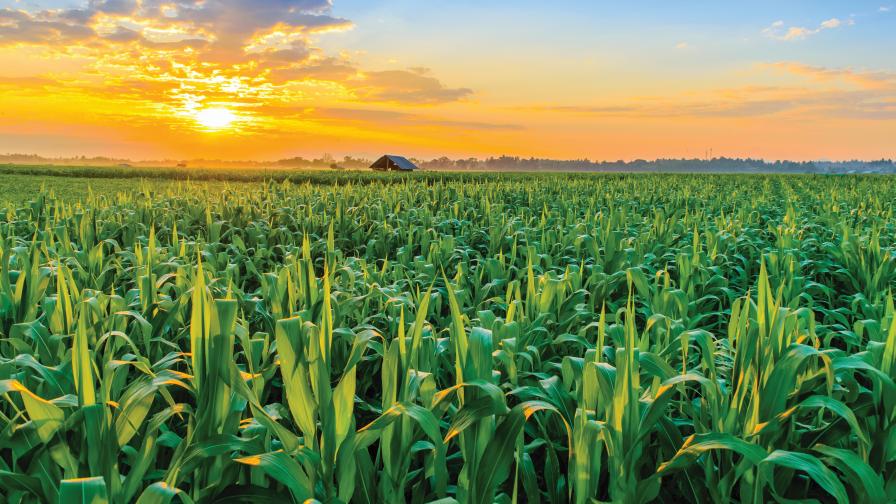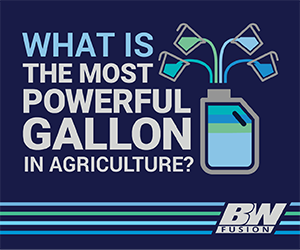Constrained California Growers See Future in Water Innovation
Water represents the lifeblood of many industries, but especially agriculture, writes Tom Wood at AgriBusiness Global. Agricultural success is highly dependent on irrigation that covers approximately 9.6 million acres with roughly 34 million acre-feet of water during an average year. In years of droughts, the agricultural industry is severely impacted, and so growers worldwide are taking necessary steps toward innovations and technology to maximize the water they have and sustain agriculture.
For the U.S., the question is, will innovation happen fast enough to sustain growers through seasons with the greatest droughts, while still meeting the most stringent regulatory restrictions?
The pressure to find innovative ways to maximize available water is especially acute in California since the agriculture industry accounts for almost 80% of all the water used in the state. For example, the California drought that occurred from 2014 to 2016 resulted in statewide economic losses of approximately $3.8 billion. So, if droughts have highlighted anything, it is the importance of embracing new technologies that help to optimize water management and mitigate the risks of any future disasters.
We spoke with Jared Hutchings, agronomist and consultant for Sentry Ag Services, LLC, who has a keen understanding of the water issues specific to California. Born and raised around agronomy, he is passionate about how to optimize the use of water in farming, delivering the best possible value at the highest efficiency.
“The California drought opened the eyes of many people, forcing them to ask the hard questions on whether they are doing everything they can to be more water efficient. We are entering a period where being water deficient will be a reality. Attention must therefore focus on how to manage it right,” he said.
Of course, complicating matters is that there is no universal solution to the problem. Every farm is different, and depending on their means and motivation, some farmers are more progressive than others. “The drought has pushed even the most conservative farmers to look at ways to innovate further. Today, there is an increased awareness of water use and how implementing something as straightforward as flow meters on wells will make a massive difference,” said Hutchings. He believes that introducing flow meters are the primary and most effective way of bringing awareness into how much water farmers are and should use. Additionally, Jared noted that soil surfactants have always played an important role in reducing crop physiological stresses, and will now be even more in the spotlight.
Continue reading at AgriBusiness Global.





